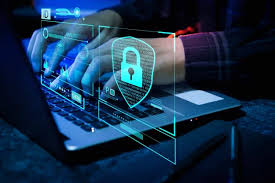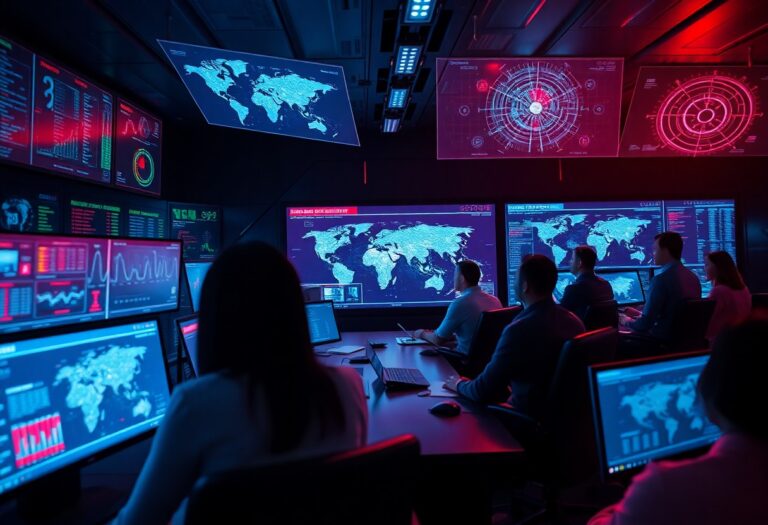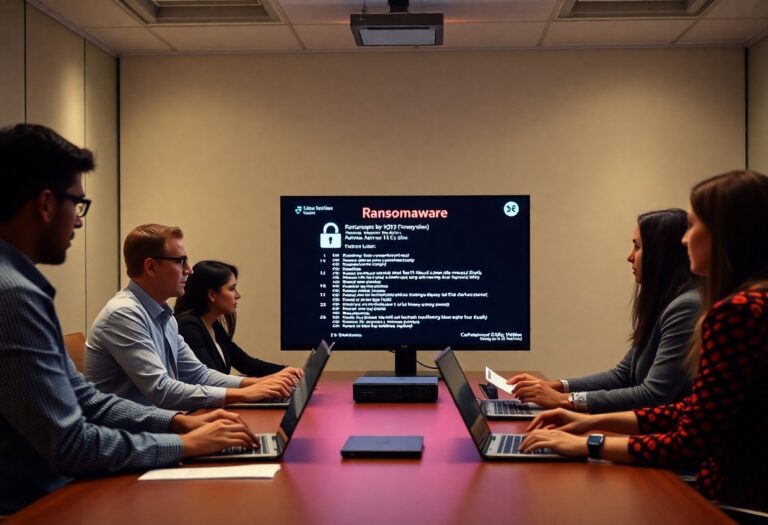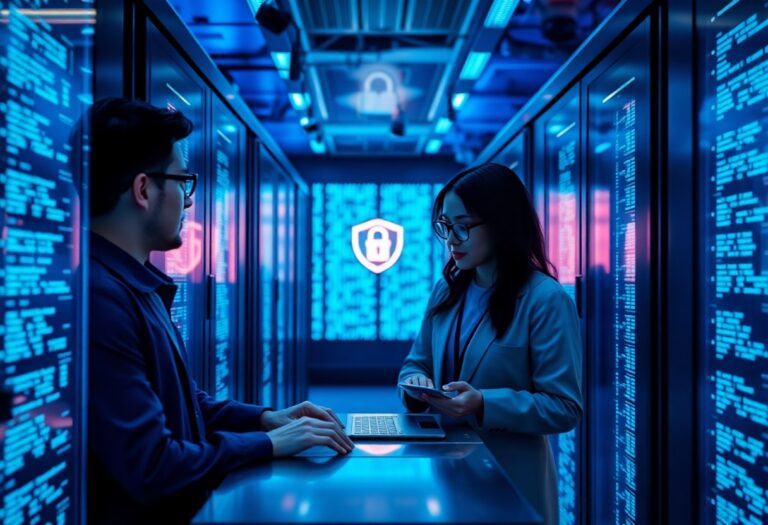“Shielding Data Beyond Internet Reach”
Rising Urgency of Offline Ransomware Defense
Ransomware continues to be one of the most pervasive and destructive cyber threats globally. According to Cisco’s Cyber Threat Trends Report, ransomware ranks as the third-most prevalent threat. This threat has an average of 154 million monthly blocks worldwide. Critically, ransomware no longer requires internet connectivity to launch its devastating attacks. This highlights the urgent need for offline ransomware protection as an essential pillar of enterprise cybersecurity.
What is Offline Ransomware Protection?
Offline Ransomware Protection encompasses security mechanisms designed to detect, prevent and recover from ransomware attacks. This is even when a device is disconnected from the internet. Unlike traditional defenses that rely on cloud-based threat intelligence and signature updates, offline protection ensures resilience at the endpoint level. This safeguards data even in isolated or air-gapped environments.
Key Capabilities of Offline Ransomware Protection
- Behavior-Based Detection: Monitors suspicious activity—such as unauthorized file access, mass encryption, or unusual process behavior. This is instead of relying solely on known malware signatures.
- File Integrity Monitoring: Identifies unauthorized changes to critical files, configurations, and system structures.
- Rollback and Recovery Mechanisms: Uses shadow copies or local backups to restore files in the event of an attack. This thereby minimizes data loss and downtime.
- Application Whitelisting: Prevents execution of unapproved applications by allowing only known, vetted software to run—even offline.
- Heuristic and AI-Based Engines: Empowers offline-capable machine learning models to detect emerging threats based on behavioral patterns—without needing real-time updates from the cloud.
- Local Encryption and Access Control: Protects sensitive data with strong encryption and role-based access controls to mitigate damage if an endpoint is compromised.
Industry-Leading Tools Supporting Offline Protection
- Microsoft Defender for Endpoint: Offers behavior monitoring, controlled folder access, and offline heuristic detection—functioning effectively without cloud connectivity.
- Bitdefender GravityZone: Provides heuristic analysis and a ransomware remediation module that leverages local backups for file recovery. Its Active Threat Control works independently of internet access.
- Symantec Endpoint Protection (Broadcom): Uses local machine learning models through its SONAR and Insight engines to block ransomware based on behavioral analysis—even offline.
- Kaspersky Endpoint Security: The System Watcher module monitors for ransomware-like behavior and rolls back malicious actions without requiring a constant internet connection.
- Sophos Intercept X: CryptoGuard detects file encryption and automatically reverses changes using local file caches, offering real-time defense even when offline.
Why CIOs Must Think Beyond the Cloud
In today’s hybrid, edge-driven, and remote-first IT environments, the assumption that cloud-based security alone is sufficient is dangerously outdated. CIOs must strategically adopt offline ransomware protection for several compelling reasons:
- Ransomware Doesn’t Need the Internet to Execute: Modern ransomware activates via local access to files—posing a threat even when internet access is unavailable.
- Edge and Air-Gapped Devices Are Prime Targets: Critical systems like factory controls, IoT devices, point-of-sale terminals, and sensitive government workstations often operate in offline or semi-connected states, making them highly vulnerable.
- Cloud Dependency = Single Point of Failure: Devices that rely exclusively on the cloud for threat detection or updates become blind to threats during network disruptions, outages, or attacks.
- Hybrid Work Requires Endpoint Independence: With endpoints constantly moving between networks—home, travel, and remote sites—offline protection ensures persistent defense regardless of connectivity.
- Securing Critical Infrastructure and Edge Environments: Sectors like healthcare, energy, and manufacturing demand ultra-reliable, low-latency systems. Devices in these environments must operate with self-contained, behavior-based security to prevent ransomware from halting operations.
- Enabling Resilience and Rapid Recovery: Offline protection aligns with business continuity goals by enabling fast local restoration and minimal downtime, even without cloud access—shifting the focus from just prevention to rapid containment and recovery.
Conclusion
The evolving sophistication of ransomware, paired with the vulnerabilities introduced by remote work and edge computing, makes it clear: offline ransomware protection is no longer optional—it’s mission-critical. CIOs must move beyond a cloud-only security mindset to build a resilient, hybrid-ready defense strategy that ensures endpoint protection is never out of reach, regardless of connectivity.








